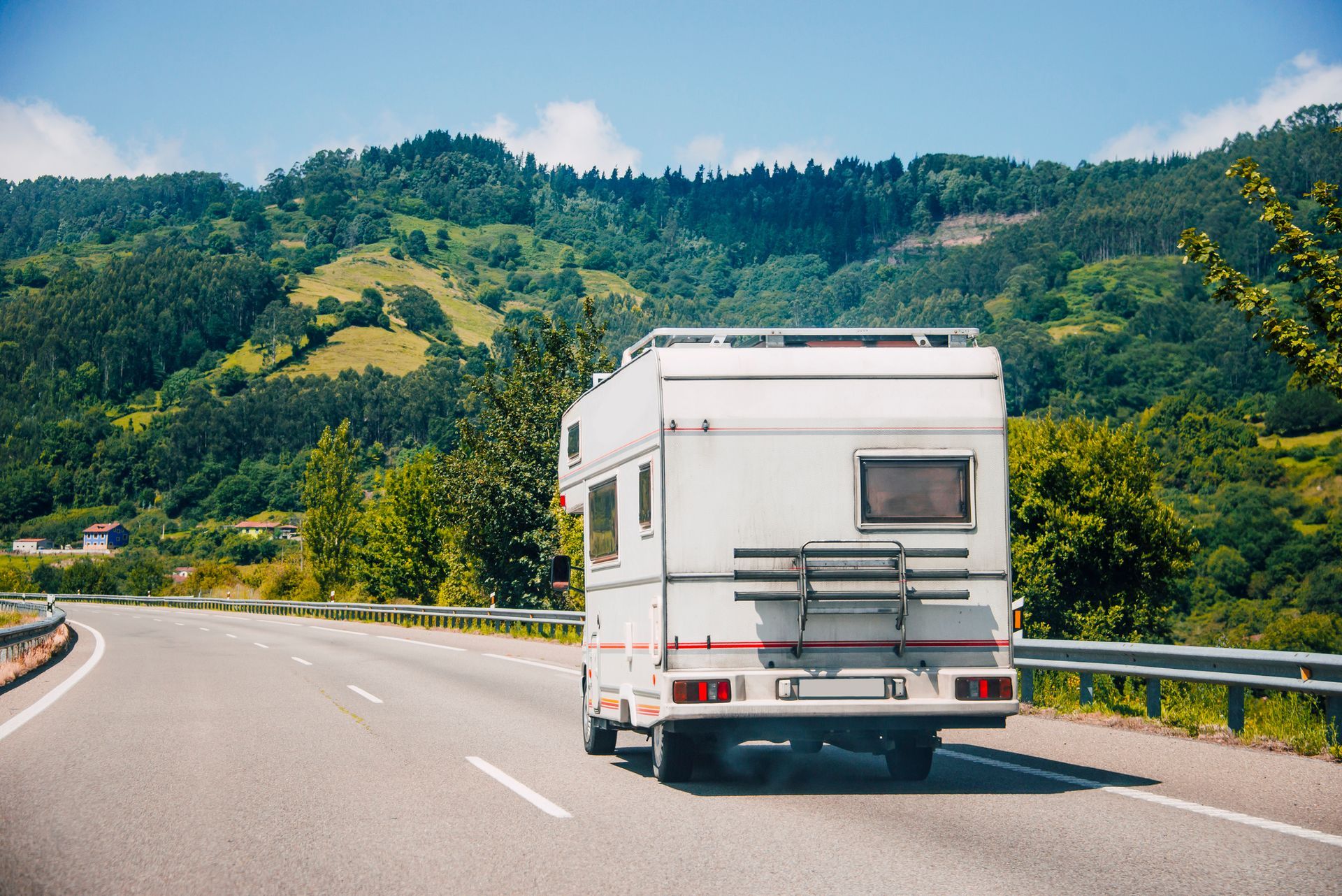
Driving an RV isn't always smooth sailing -- anyone who has been on a bumpy back road can tell you that. Detours and whims are a normal part of traveling, and for RV owners, those new roads often hold surprises.
If you've ever driven an RV over road that was a lot rougher than you expected, or you had to make sudden stops or turns, you know how easily items can shift around. Internal RV storage is built to keep most items like doors in place, but you can still wind up with a mess inside your cabinets and refrigerator. Here are some extra ways to make your RV interior less damage-prone from unsecured appliances and other items.
Start Inside the Fridge
RV refrigerators are usually a reasonable size, allowing for a good combination of storage space and snug fit. However, items can still fly around inside the refrigerator when things get bumpy.
You have a few options here. One is to get small tension rods and place them at the front of each shelf and compartment. Place them low enough so that you can still lift items over the rod but high enough so that items like bottles can't fly out if the RV lurches forward.
Another option -- and you should use more than one option, by the way -- is to get clear storage bins that fit on each shelf. Place loose items in those and then place tension rods in front of those to keep them in place. You can use this same strategy in your cabinets.
Also look for shelf braces for individual items that might not fit into clear storage bins or trays. Milk cartons, for example, should be braced on their own. These braces attach to the wire shelves inside the fridge.
Another item is a clear plastic curtain that attaches to the inside of the fridge with hook-and-loop closures. You place this at the very front, just inside the door.
Now Look at the Exterior of the Refrigerator
Use a large piece of hook-and-loop material to keep the refrigerator and freezer doors shut. Jolts that send items flying inside the refrigerator can also knock the doors open when those items hit the door; in fact, adding a hook-and-loop closure to the outside of a regular refrigerator door is a common quake-safety tactic in stationary kitchens.
Replace Cabinet and Drawer Latches
Your RV cabinets and drawers should already have interior latches that prevent the doors from just flying open, but these latches are often made from plastic or are not very tight. Add child-proof latches to each cabinet and drawer. These interior latches need an extra step for release; if you don't want to do all that work yourself, you can
have an RV service center install them.
Use Collapsible Items When Possible
One more way to help secure items is to use collapsible items like collapsible dishracks for easier storage. Instead of trying to keep larger racks and other clunky items in the cabinets, or using laughably small versions of each item, get the collapsible ones that are full-size but that fold or collapse flat. Place these inside storage bins in the cupboards, and place those tension rods in front of the bins. You really can't be too careful when dealing with a moving kitchen and storage area.
If you've had your share of bumps, and your appliances like your refrigerator are showing dents, scratches, or potential signs of trouble, bring the RV into a service center like the RV Service Center of Santa Cruz. Get professional repair or replacement and ensure your RV's appliances are in tip-top shape.

